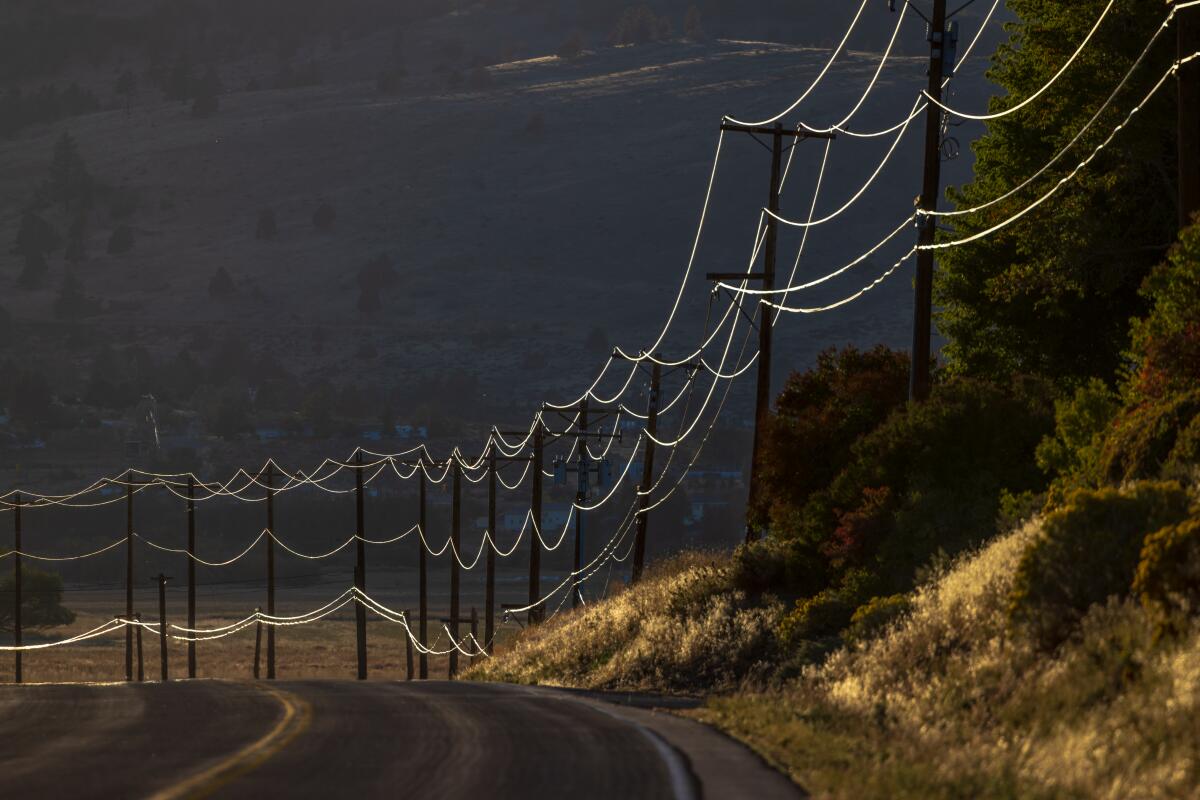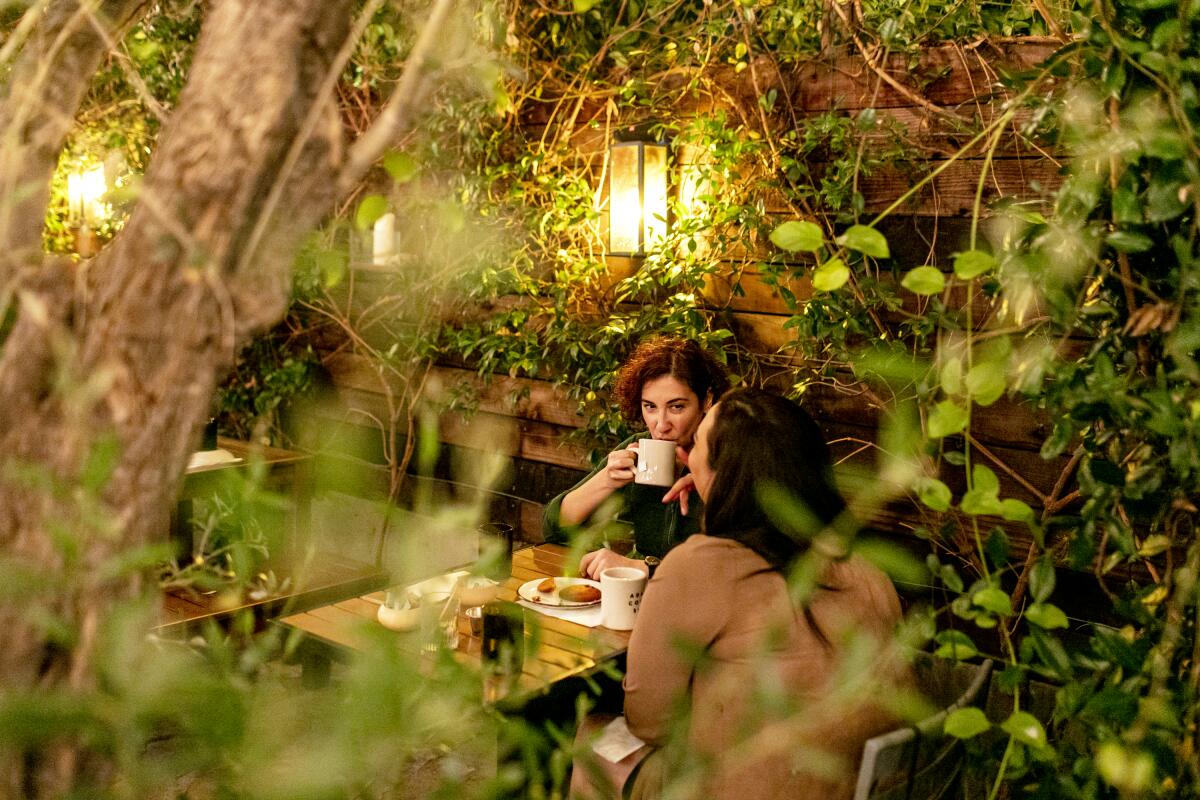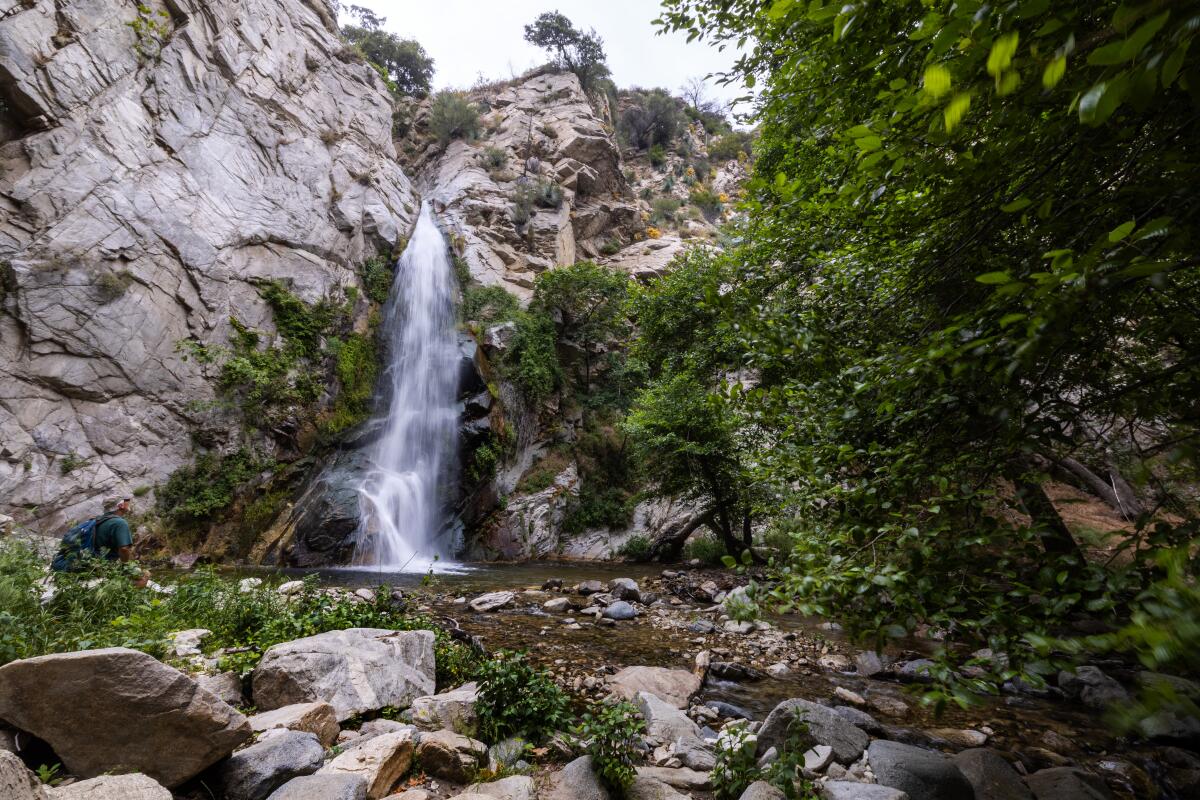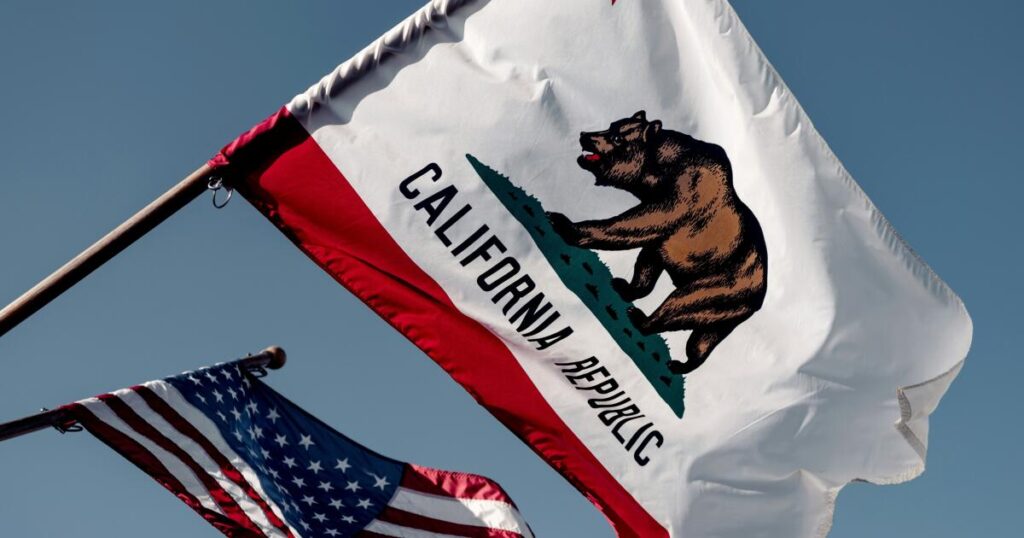Good morning, it’s Wednesday, July 3rd. Here’s what you need to know to start your day.
Newsletter
You are reading the Essential California Newsletter.
Our journalists bring you the biggest news, features and recommendations every morning
Please enter your e-mail address
sign up
You may occasionally receive promotional content from the Los Angeles Times.
How much do you know about the California state flag?
‘Tis the season for waving the Stars and Stripes and the American Flag. Throughout California, the California Flag traditionally takes a place of honor next to the Stars and Stripes.
But how much do you know about the origins of the state flag that features a grizzly bear perched on the green, a red star shining high in the upper left and the words “Republic of California” underneath?
It’s a story that begins with an ingenious land grab by white rebels who, in former Mexican territory, raised a crude flag with a hastily painted image of a bear and proclaimed themselves the Republic of California, some of whose men abused and enslaved Native Americans in their quest for wealth and power.
To shed light on all this, I spoke with Michael F. Magliari, a professor of history at Chico State University and an expert on Indian slavery and “unjust labor” in California and the Southwest during the Gold Rush and Civil War.
First, a quick summary: In June 1846, a small group of American settlers in Mexican-controlled territory in what is now Northern California launched a surprise attack on the town of Sonoma and captured a Mexican general.
The rebellion came at a time when the Mexican government was trying to force many of the settlers off land they claimed, but few had any legal rights to hold, so American rebels banded together to drive out the Mexican authorities and claim California as their own, and they wanted a flag to make it official.
The flag that came to be known as the Bear Flag was hastily designed by one of the rebels, William Todd, whose family owned slaves in Kentucky. Todd was the nephew of Mary Todd, wife of Abraham Lincoln.
“The original bear flag was notoriously crudely drawn,” Magliari told me, “and many people thought the grizzly bear silhouette looked like a pig, so it became an object of ridicule.”
The star pays homage to the Lone Star on the Texas flag, which was created after American settlers in the region staged a similar rebellion against the Mexican government.
A bear flag was raised in Sonoma proclaiming the “Republic of California.” However, this plan did not last long and was ultimately unnecessary. The U.S. government had declared war on Mexico about a month earlier, but the news did not reach the rebels. A few weeks later, U.S. troops and navies arrived to occupy California and claim it as U.S. territory, and the “Republic of California” ceased to exist.
“The only lasting, lasting legacy of the Bear Flag Rebellion is the flag,” Magliari said.
He explained that many of the people now known as “Bear Flaggers” left a trail of violence against Indigenous people on the land they seized under the guise of manifest destiny.
“It’s often said that these men were all illegal immigrants,” Magliari says. “They all agreed on a plan to conquer and take California if necessary. And they all… [what’s] They are considered the forerunners of American imperialism.”
California joined the Union as a free state in 1850. Although enslavement of Black people was technically illegal, slavery continued in various forms in California’s early decades. California’s first legislators enacted “a series of unfree Indian labor institutions inherited from Spanish and Mexican rule,” Magliari explained.
He noted that the California Indian Act of 1850 legalized child bondage, “under the pretext of the recognition of Indian children,” along with indentured servitude, debt bondage, and convict lending. At the time, Native Americans were arrested, often for minor crimes, and auctioned off to landowners to serve their sentences as bonded laborers.
Magliari said many bear flaggers participated in these systems when acquiring land and developing ranches.
Among them was Andrew Kelsey, who settled in the Clear Lake area. His sister-in-law, Nancy Kelsey, is believed to have sewn the first bear flag. Kelsey and his partner, Charles Stone, “were notorious for enslaving and mistreating local Pomo workers,” Magliari noted.
In 1850, some of the victims rebelled, killed Kelsey and Stone, and fled to a small island in the lake, taking food to feed the starving village. In response, American troops arrived and massacred hundreds of men, women, and children in what became known as the Bloody Island Massacre.
Another bear flagger, Granville Swift, got very rich during the Gold Rush and forced Native Americans to work in the mines, Magliari said.
Just before the Civil War, white settlers in California sympathetic to the South reportedly raised the bear flag in support of the Confederacy.
So how did a flag flown by a rebel faction with a history of racist violence become our state flag?
This is thanks in large part to a fraternal organization called the Native Sons of the Golden West, which was founded in 1875 with the mission of preserving California’s “colorful history of the Gold Rush and early statehood.”
The NSGW is considered by many to be a “fairly innocuous historical society,” Magliari said. The society still exists today, running a museum, funding preservation efforts, erecting historical markers and doing charitable work.
But he noted that the group has another tradition, one that is rooted in the “strong, dominant attitudes of white supremacy” that were common in American society and many fraternities in the early 20th century.
We’ll go into more detail about that legacy in Friday’s newsletter.
Today’s Top News

Power lines along Richmond Road in Susanville, California. PG&E scheduled power outages in Butte, Colusa, Lake, Napa, Solano, Sonoma, Tehama and Yolo counties.
(Irrfan Khan/Los Angeles Times)
California heatwave
Climate and Environment
Politics
Other big news
Get unlimited access to the Los Angeles Times. Subscribe here.
Today’s Recommended Articles

The living room was remodeled under the guidance of designer Jared Frank.
(Emmanuel Hahn/The Times)
Midcentury Valley home restored to ‘original glory’ in tiki style A Silver Lake couple turned to Van Nuys when they needed space, but can they restore their coveted midcentury home without losing their sense of style?
Other recommended articles
How can we make this newsletter more helpful? Send your thoughts to essentialcalifornia@latimes.com.
During breaks

Patrons enjoy the tree-lined patio at Alta Adams restaurant in Los Angeles.
(Silvia Razgova/The Times)
Go out
Stay at
And finally… great photos
Tell us your favorite place in California. We’re running low on submissions. Send us your iconic California photo and it could be featured in an Essential California issue.

Sturtevant Falls.
(Brian van der Burg/Los Angeles Times)
Today’s great photo comes from Times photographer Brian van der Burg, taken at Sturtevend Falls, one of the most popular tourist destinations in Big Santa Anita Canyon. Cabin owners are concerned that there aren’t enough restrooms in the area anymore to accommodate the large numbers of visitors.
Have a great day! From the Essential California Team:
By Ryan Fonseca
Kevinisha Walker, Multiplatform Editor, Saturday Reporter
Christian Orozco, Assistant Editor
Stephanie Chavez, deputy editor at Metro
Karim Doumar, Head of Newsletter
Check out the top stories, topics and latest coverage at latimes.com.


